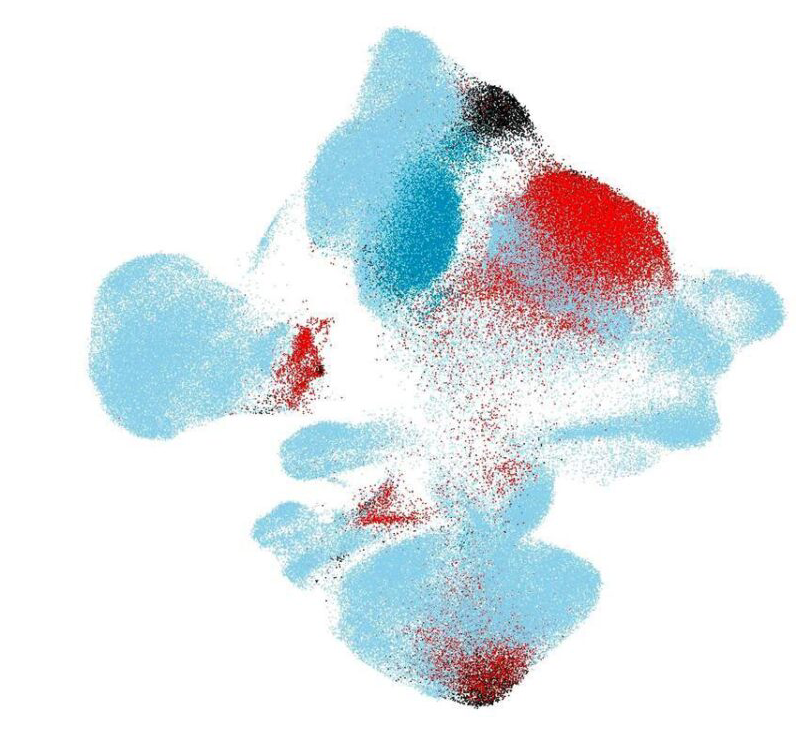
Researchers have developed a new algorithm for clinical use. It is based on artificial intelligence and compares the cells of sick individuals with a reference atlas of healthy cells. In practice, doctors can use it to accurately identify diseased cells. This is a major advantage for personalized medicine.
The Human Cell Atlas is the world’s largest, continuously growing single-cell reference atlas. It contains references of millions of cells from different tissues, organs and developmental stages. These references help us to understand the influences of aging, environment and disease on a cell – and ultimately to better treat patients. But there are challenges to using reference atlases. Single-cell datasets can contain measurement errors (the batch effect), the global availability of computational resources is limited and the sharing of raw data is often legally restricted.
Researchers at Helmholtz Zentrum München and Munich University of Applied Sciences (TUM) have developed a new algorithm called ‘scArches’, short for ‘Single-Cell Architecture Surgery.’ “Instead of sharing raw data between clinics or research institutions, the algorithm uses transfer learning to compare new data sets from single-cell genomics with existing references. We call this process mapping. In this way, the algorithm preserves the privacy and anonymity of the patients. This also makes annotating and interpreting new datasets very easy and democratizes the use of reference atlases enormously,” says Mohammad Lotfollahi, describing the advantages of the algorithm.
The case of COVID-19
Using scArches, the group has already conducted research on COVID-19, comparing cells from lung samples of COVID-19 sufferers with healthy reference cells. The algorithm was able to distinguish diseased cells from healthy ones and enabled the researchers to accurately identify affected cells in both mild and severe COVID-19 cases. Biological variations between patients did not affect the quality of the mapping.
Fabian Theis says: “In the future, we want to use cell references as easily as we do genome references today. In other words: When you bake a cake, you don’t want to invent the recipe first. Instead, you just look it up in a cookbook. With scArches, we’re formalizing and simplifying that search process.”
More about scArches: https://github.com/theislab/scarches
Image: Mapping new cell cohorts from healthy individuals and COVID-19 patients on a healthy cell reference atlas. Credit: Helmholtz Zentrum München / Mohammad Lotfollahi
Also of interest: Skinive develops AI-powered app for skin self-examination.

